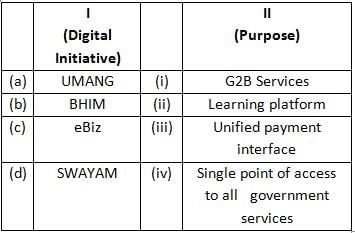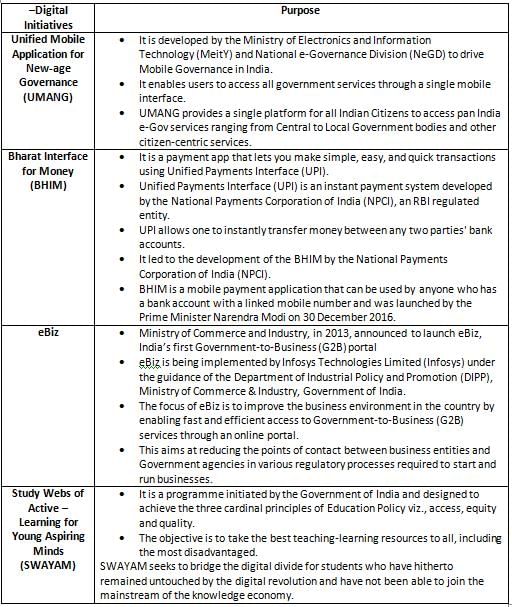UGC NET Paper 1 Mock Test - 6 - UGC NET MCQ
30 Questions MCQ Test UGC NET Mock Test Series - UGC NET Paper 1 Mock Test - 6
What does Cronbach’s alpha measure in the context of research reliability?
A hexadecimal number system, also known as a base 16 number system, uses sixteen distinct symbols. Which of the following is an incorrect representation for hexadecimal numbers?
Which of the following provisions is part of the National Education Policy (NEP) 2020 with respect to higher education in India?
Which of the following features are available in word processing software such as MS-WORD ?
(A) Spell checker and Thesaurus
(B) Page Orientation
(C) Mail Merge
(D) Slide Transitions
Choose the correct answer from the options given below :
Which of the following did the Hunter Commission recommend?
Which of the following software tools is NOT typically utilized for managing references and organizing research papers for a literature review?
Select the combination of letters that when sequentially placed in the blanks of the given letter series will complete the series.
A_CO_ _A_ _OST_ _CO_ _AC_ _ST
The main objectives of the Department of Higher Education of the Government of India are :
(i) Laying down the National Policy of Education
(ii) Bringing about the planned development of Higher and Technical Education
(iii) Bringing about the development of Indian Languages
(iv) Giving scholarships to deserving students
What is the respective ratio between the total number of (bikes + cars) sold by C and the total number of (bikes + cars) sold by A?
If the ratio of males and females to whom the cars from C is sold is 5 : 4 and the ratio of males and females to whom the bikes from E is sold is 3 : 5. Then the sum of the number of cars(from C) sold to male & number of the bike(from E) sold to male is what per cent more or less than the number of cars sold by E.
Find the difference between average number of bikes sold by B, C & D and average number of cars sold by C, D & E.
In which of the following types of sampling does a researcher select individuals based on specific characteristics or qualities, rather than random selection?
What is the process called when a caterpillar's old body transforms essentially into a liquid within the chrysalis?
Based on the passage, which statement about butterflies is correct?
Based on the passage, which statement about butterflies is incorrect?
A can do 3/4 of a work in 12 days, and B can complete the remaining work in 5 days. In how many days can A and B together finish that work?
In the context of Internet security and cyber threats, which of the following statements is true about spamware?
The price of an article is increased by r%. The new price was decreased by r% later. Now the latest price is Rs. 1. What was the original price of the article?
Match List - I with List II

Choose the correct option
|
92 docs|125 tests
|




















